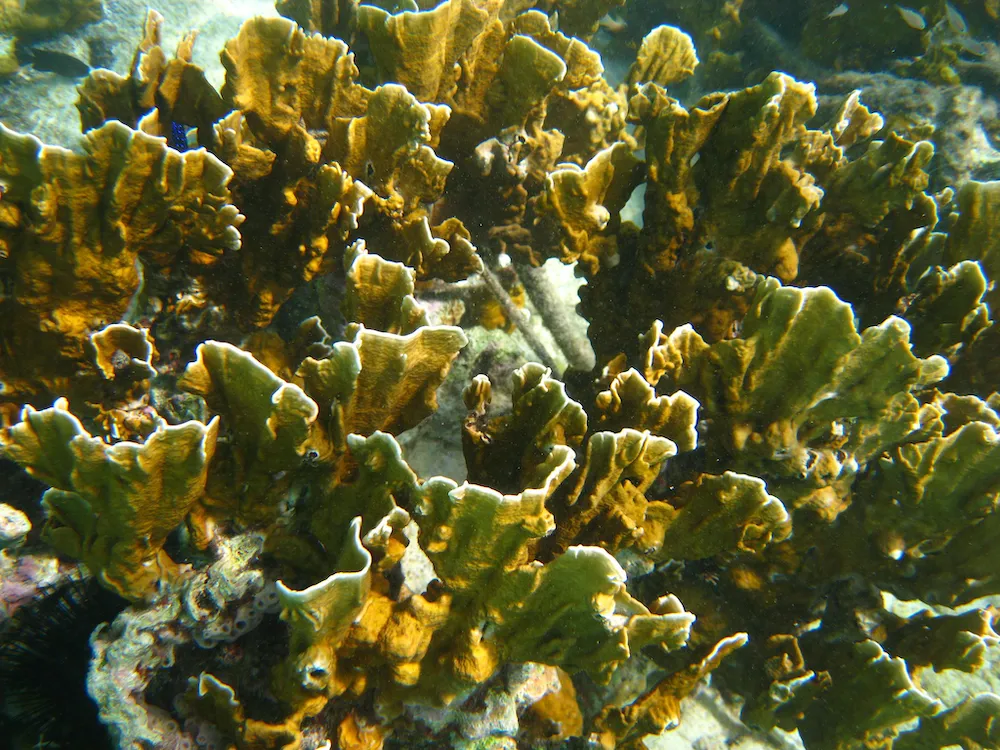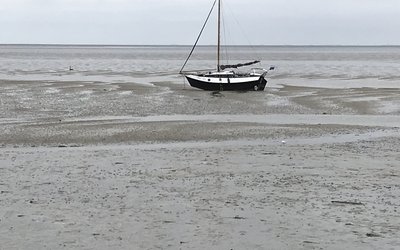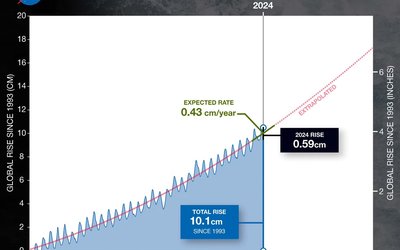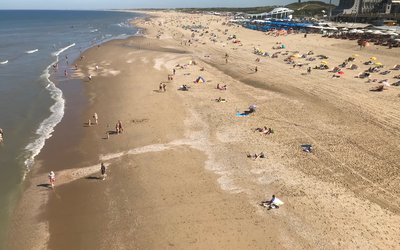Coastal erosion and coastal floods
Atlantic reefs will lose their role in flood protection
October 15, 2025

Photo: Coral reef near Bonaire (source: NOAA, www.flickr.com)
Coral reefs protect low-lying coastal areas by dissipating the energy of waves. Atlantic reefs can’t keep pace with sea level rise and are therefore becoming less effective at doing so.
Natural flood defenses
Nearshore coral reefs protect low-lying coastal areas by dissipating the energy of waves. For these reefs to function as natural flood defenses, they must be able to grow fast enough to keep pace with sea level rise. Many coral reefs will not be able to do so, even under an optimistic global warming scenario, and not even in the short term. If the maximum rate at which a reef can grow lags behind sea level rise, the reef’s potential to reduce wave heights decreases sharply over time.
The growth potential of coral reefs has been assessed across more than 400 tropical western Atlantic sites. This growth potential has been compared with projections of sea level rise in 2040, 2060, and 2100.
Reefs are eroding
Thermal stress due to global warming, ocean acidification, and several other threats such as poor water quality and disease outbreaks slow down reef accretion and even increase erosion. According to this analysis, more than 70% of tropical western Atlantic reefs will be eroding by 2040. If global warming exceeds 2 °C, at least 99% will be eroding by 2100, the authors of this study show. As a result, the risk of flooding along vulnerable reef coasts is likely to increase.
Current rates of reef growth
Maximum reef accretion rates were estimated for the Florida Keys, the Mexican coast, and around Bonaire. These rates are close to zero or slightly negative across the Florida Keys and in the Mexican coastal zone. Negative rates indicate that reefs are eroding, which was found to be the case for about 60% of the sites in Florida and about 40% of the sites in Mexico. Accretion rates were slightly positive for Bonaire, at 0.9 mm/year on average. Still, at almost one third of the Bonaire sites the reefs were eroding. Accretion rates are much lower now than during most of the Holocene: the average reef accretion rate in the area during the Holocene was 4.8 mm/year.
Climate change and reef accretion
At almost all studied sites, the rate of sea level rise in recent decades exceeded maximum reef accretion rates. A progressive decline of reef accretion rates is expected this century because of more frequent and severe ocean thermal stress events due to marine heatwaves, and ocean acidification. In fact, at more than two thirds of the studied sites, the reefs will be eroding already by 2040. All these studied reefs are projected to be in erosional states by 2100. As a result, in this century, tropical western Atlantic reefs will become less and less effective in protecting low-lying coastal zones by dissipating the energy of waves.
Source: Perry et al., 2025. Nature. DOI: 10.1038/s41586-025-09439-4.








